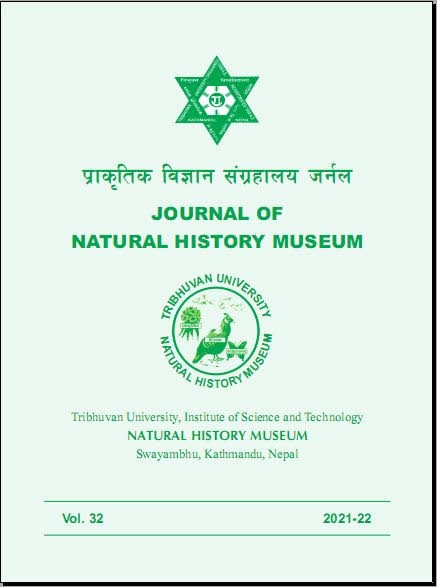Effects of invasive Parthenium hysterophorus leachates on seed germination and seedling growth of wheat (Triticum aestivum)
DOI:
https://doi.org/10.3126/jnhm.v32i1.49953Keywords:
invasion, allelopathic efects, leachates, growth parametersAbstract
Parthenium hysterophorus is a noxious invasive alien weed distributed in agroecosystems. This weed shows phytotoxic properties on other plants in the invaded areas. This study aims to evaluate the phytotoxic effects of this weed on seed germination, seedling growth and development of wheat (Triticum aestivum) with petri plate and pot experiments. Seeds and seedlings of wheat were treated with P. hysterophorus leaf leachates extracted using more natural way i.e., by soaking the leaves in water rather crushing or powdering. Results show that the leachates of P. hysterophorus exhibits negative effects on seed germination and growth parameters of wheat in petri plate experiment. The phytotoxic effects of leachates on rootshoot length and shoot biomass was not were not significant in the pot experiment. Therefore, actual concentration of leachates that start hindrance to the recipient plants varies between the petri plate and pot bioassays. Further studies to understand the leachate interaction with soil and soil microbes are recommended.

